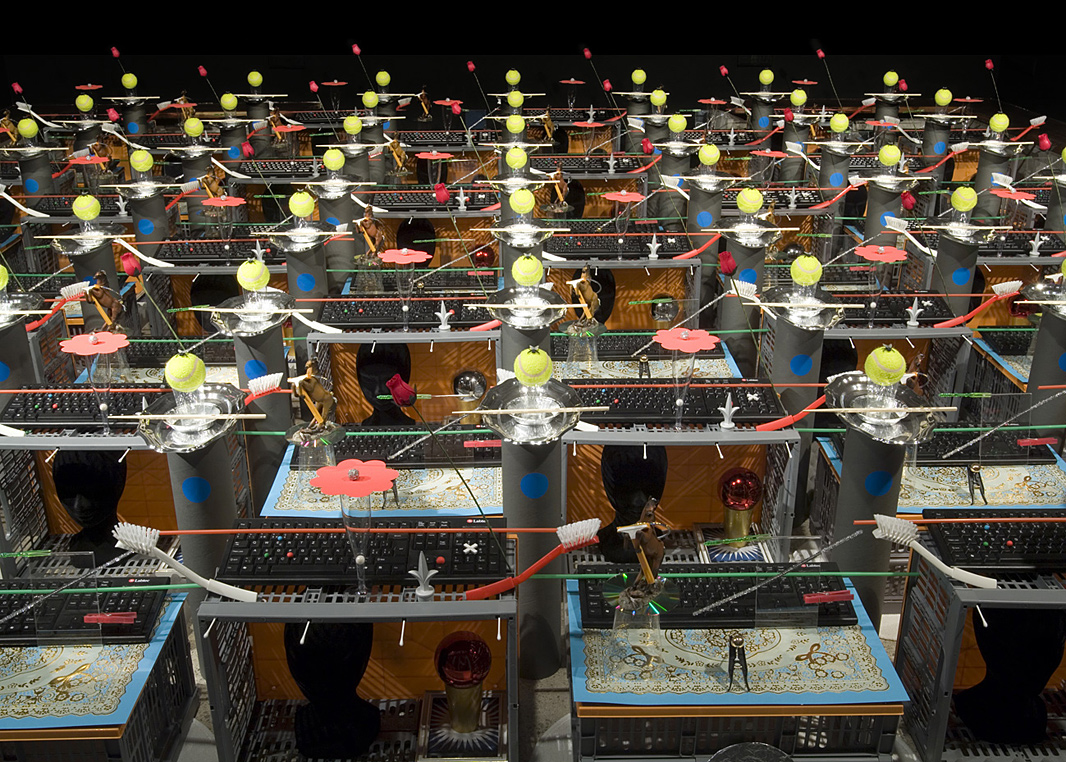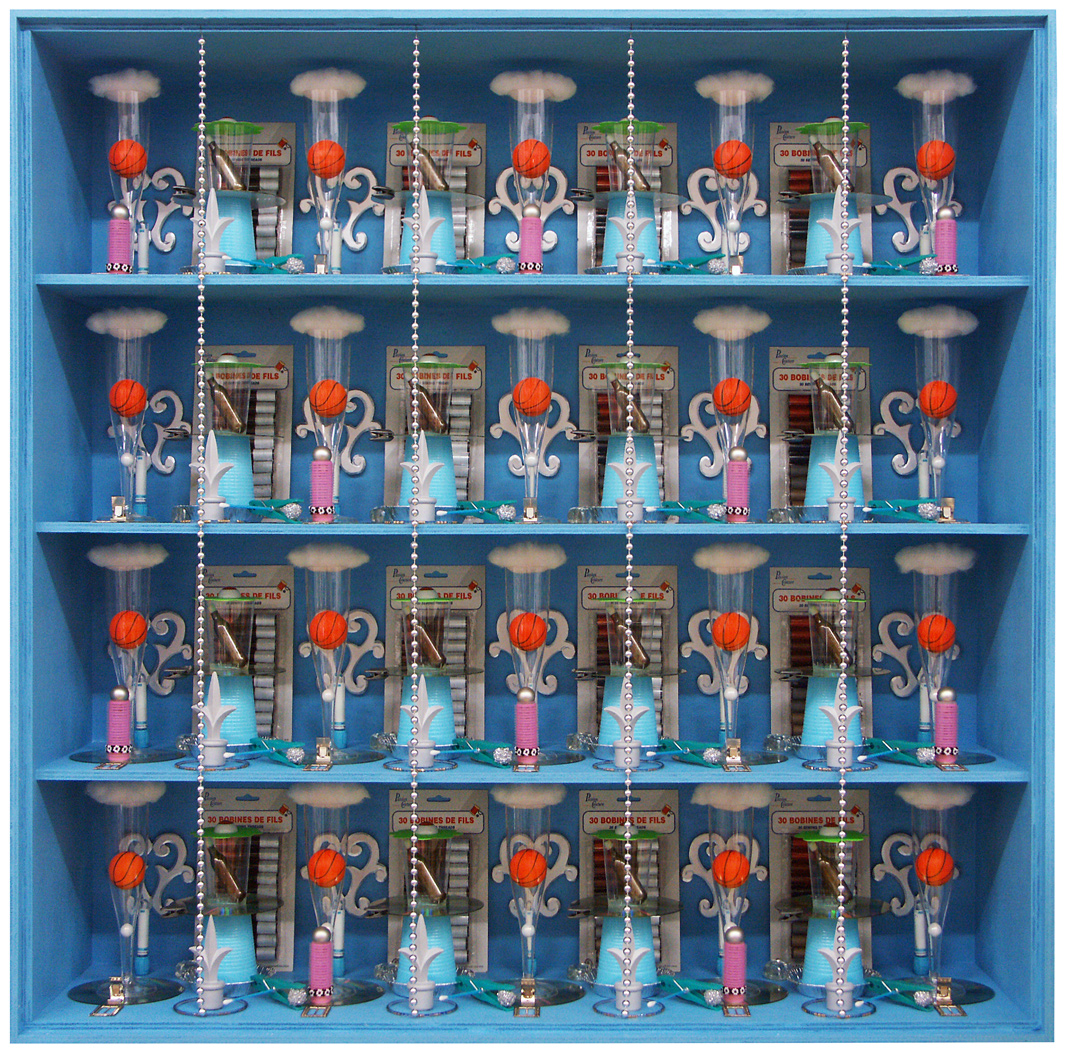 One of the researchers' prototypes wraps neatly around a thumb |
The technology behind giant video billboards can now be made into flexible and even transparent displays.
These could be used to create brakelights that fit the curves of a car or medical diagnostics that envelop a patient like a blanket. It has been made possible by a new technique, outlined in Science, for manufacturing so-called inorganic LEDs.
The new method allows these tiny light-emitting diodes (LEDs) to be attached to materials such as glass or rubber.
"[This] enables new kinds of 'form factors' that would allow you to put lighting sources on curved surfaces or in corners, places where you can't put light sources nowadays," Professor John Rogers of the University of Illinois at Urbana-Champaign told BBC News.
Stamp of approval
There are two types of light-emitting diode (LED) technology, inorganic and organic.
The vast majority of consumer electronics use the inorganic version.
For a square centimetre of the material these are 400 times brighter than their organic cousins.
"If you look at the billboard displays that exist already, they're inorganic LED based," said Professor Rogers.
"You can see them on a bright sunny day; it would be impossible to generate that kind of brightness out of an organic LED."
When arrays of inorganic LED's are used - such as those in billboard displays - they are made in a large wafer which is sawn into bits.
Each bit is then placed individually by a robot arm, making the production of large or dense arrays complex.
Organic LEDs (OLEDs) on the other hand have been introduced into some consumer electronics such as televisions.
They are in theory easier to manufacture because they can be made individually smaller, processed in high quantities and spread out in thin films that are easy to manipulate and connect electrically.
However, they are not as robust as inorganic LEDs, and must be encapsulated because they are sensitive to oxygen and moisture.
Professor Rogers and his colleagues have now devised a method that in theory comprises the best of both worlds - bright, robust inorganic LEDs that can be processed en masse.
The approach is able to make thin inorganic LEDs in high quantities in such a way that they can be cut up by bathing them in a strong acid.
 Flexible lighting could mean an end to darkened corners |
The devices can be placed sparsely enough that a bright layer of them is practically transparent.
"Because you can get away with very low coverage by area, it opens up the possibility of making something that's see-through," Professor Rogers explained.
He said that the nearer-term applications for the approach will be in general lighting or in the illumination of instrument panels, but the group is working toward perfecting the application.
"Displays remain the ultimate goal - we don't need a new law of physics to enable it, it's just more of an engineering question," he said.





































